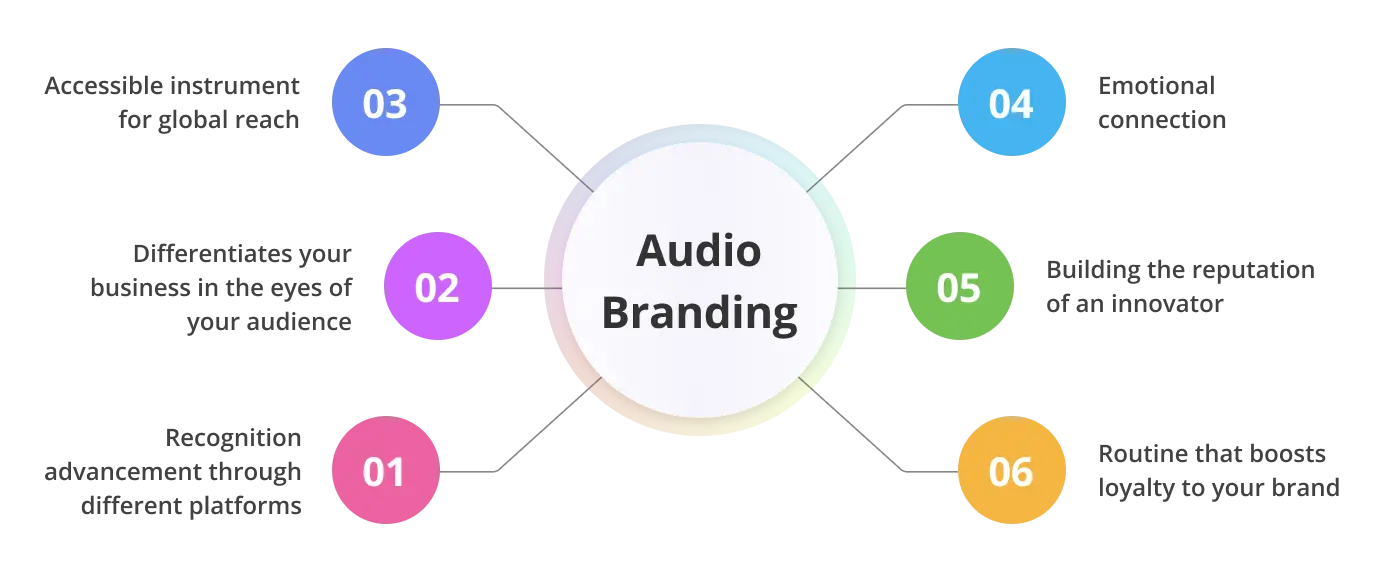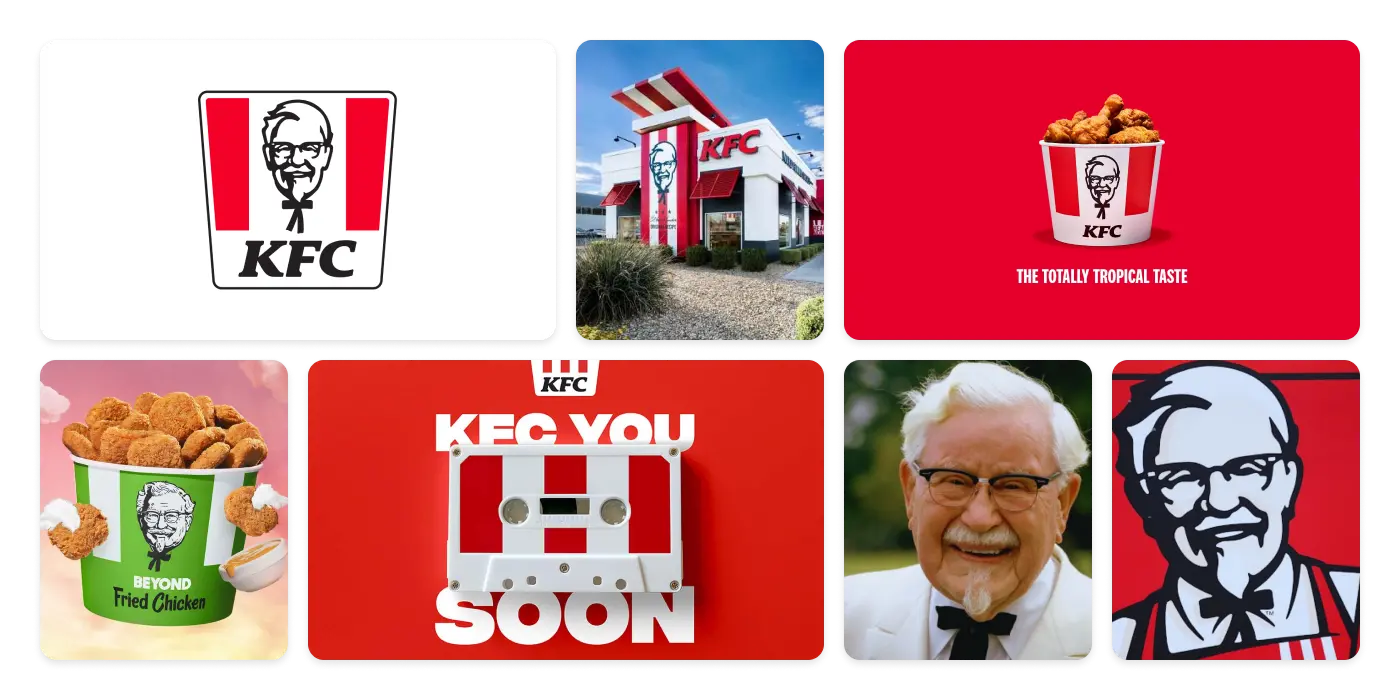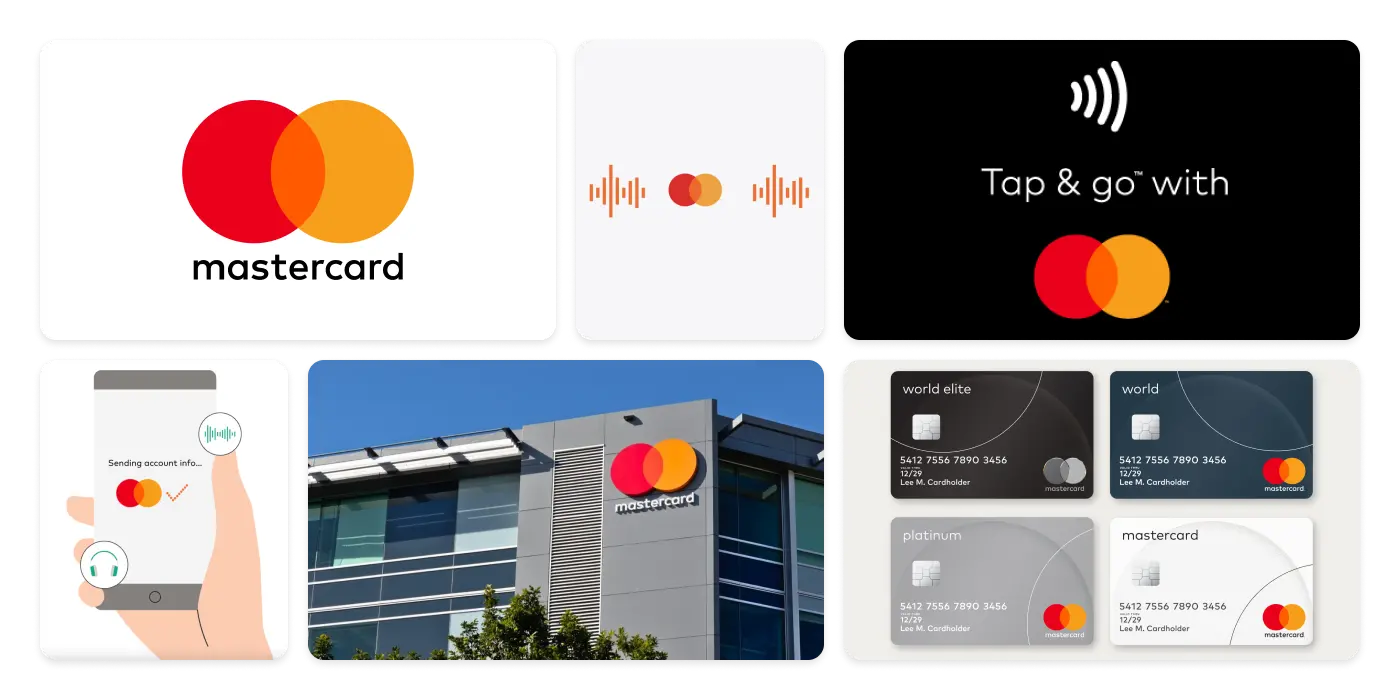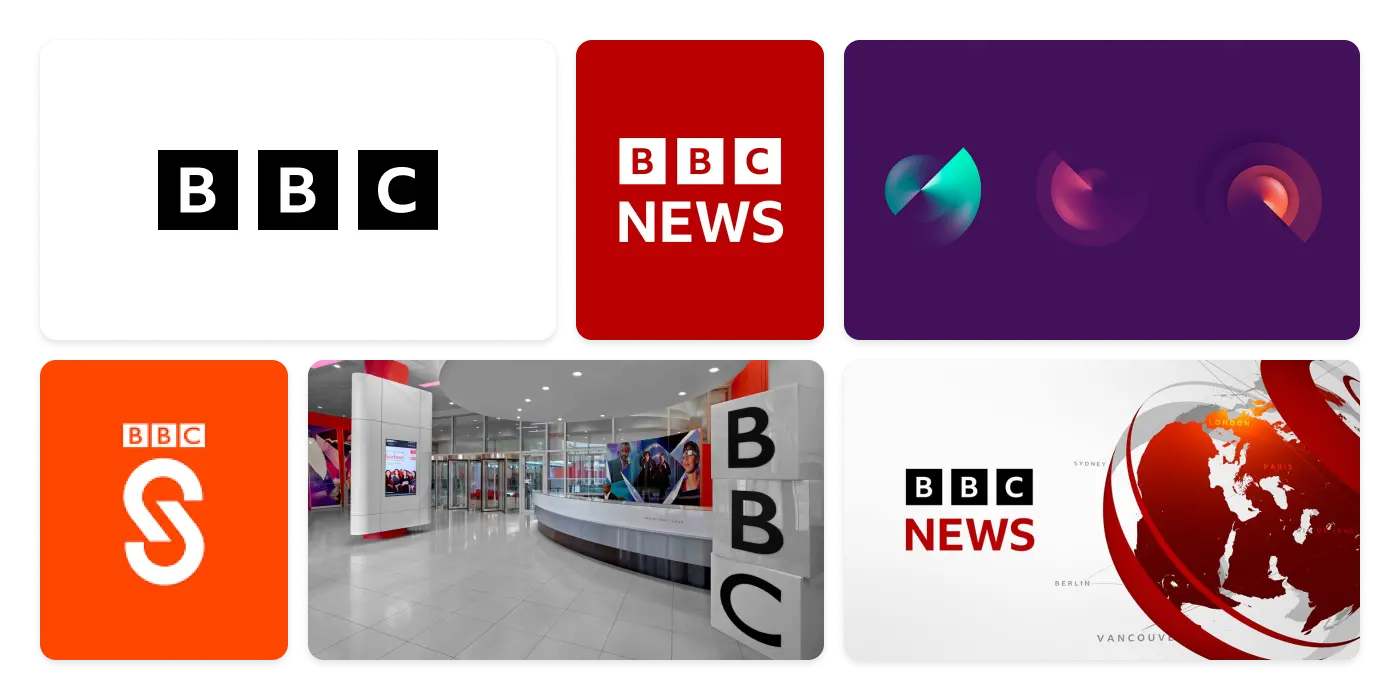
Audio Branding – Comprehensive Review
There are many instruments that can be used to differentiate your business and audio branding is definitely one of them. We prepared this thorough overview and answered the most crucial questions you could have while thinking about implementing this idea to your company, such as evolution of sounds with their variations and importance of them for businesses.
We illustrated our material on the topic of sound branding with multiple examples that are related to different spheres so you could find something that fits your particular case and explored some remarkable portrayals, familiar for everyone to evaluate the outcomes. Study the fundamentals before stepping into new shoes.
What is audio branding?
Forming business reputation and contributing to setting customers’ perception of your brand in a favourable way with a suitable audio is called audio revamp. Recordings with orchestra melodies, simple tunes, podcasts and experiential ASMR short plays facilitate evoking certain feelings and enhance memorability.

Audio branding in the UK has been already used by a series of companies from different industries – banks, restaurants, entertainment companies and manufacturers. There are various options for brands to differentiate themselves through music – expensive ones, like hiring a qualified team of famous musicians as it’s usually done by enterprises or more budget alternatives such as recording experiential audio in the studio.
This direction with attention growing to it more and more, has its positive influence on businesses that we will analyse in our brief moving forward, but also requires businesses to deal with some challenges that go beyond the questions of inspiration, so assistance from individualising agencies is an approach to play safely.
Evolution of sound branding
From the very beginning of sound revamp appearing, it helped businesses worldwide to make the wave and reach their goals, combining it with creative branding. Over the years, from a plain concept melody, this kind of branding has evolved into multifaceted opportunities for businesses to be memorable and stay ahead of the game.
Let’s study the path of progressing the sonic identity with evaluating some notable cases to what we have now, exploring our synopsis:
| Timeline: 20s-50s | |
| Trend domination: The early phase of sonic revamp evolution lied in creating jingles. A plethora of providers of goods and services like laundry, cigarettes, cleaner means, food, drinks came up with short and easy to memorise melodies with simple lyrics that were typically used in advertisements on the radio, differentiating their offerings from competitors due to causing emotional response and sticking to their customers memories. | |
| Realisation №1: Coca-Cola’s jingle “A Nickel Drink” with the iconic line “Pepsi-Cola is a drink for you” was a breakthrough. Many young people say that their grandparents would hum this song while doing something or singing it to them. | Realisation №2: Another notable example of this era was Campbell’s soup jingle that was presented in the form of tagline “Mmm Mmm Good” accompanied by music and has been used in radio and TV advertisements for decades, promoting nutrition value and exceptional taste of the products. |
| Timeline: 50s-80s | |
| Trend domination: From the 50s television broke new ground of branding for sound that was even more workable since brands got the opportunity to supply their sonic identity with imagery to create more powerful tools for their representation. Their functions were simple – to evoke emotions and build association, so whenever customers heard those catchy melodies, they could easily remember about brands. | |
| Realisation №1: Brand Big Red Gum in their jingle “Kiss a Little Longer” combined two approaches – highlighted the freshness that lasts longer after chewing their gums and emphasised it in the romantic context to cause curiosity. This jingle showed customers that they bought not only gums but a better experience. | Realisation №2: Macdonald’s “You Deserve a Better Break Today” was an empowering of the family-friendly image of the chain that fueled oil to the fire of anticipation to go to the restaurant to have a better day that it could be. |
| Timeline: 90s-00s | |
| Trend domination: It was a period when the attention of corporations to professional audio branding rose to a new height and it still has been relevant. The carrying out of the idea isn’t the same as it was with jingles – 90s sonic revamp revolved around audio logo that didn’t have any lyrics and was short, only 3-5 notes that corresponded to what a certain brand was and helped drawn an analogy between a sound and a company. The usage of them isn’t restricted to promotional materials – it could be and still is embedded to their products if they are technical devices or online services. | |
| Realisation №1: Coca-Cola’s logo audio is the sound of bottle opening that is naturally heard by buyers when they consume their products and after watching ads it evokes thirst. The sound with fizz is actual till now in their various campaigns. | Realisation №2: Mentioning tech producers, Nokia tune is worth noting. The melody “Gran Vals” served as their ringtone and was applied to different series of phones that led to the high recognition. Even after years, when Nokia doesn’t possess the lion’s share of the market, this sound is still recognisable. |
| Timeline: 10s-now | |
| Trend domination: What in this sphere now is a broad variation of opportunities that audio-branding gives depending on what your business needs, starting from classic radio jingles to call nostalgia and preceding to audio logos as it was before – a simple tune, multisensory effects that reign in digital, experiential revamp with the cracking, splashing and fizzling sounds and even voice assistants. | |
| Realisation №1: The results companies like Nike, Google, Amazon and Spotify want to achieve with their audio identities is personalisation. While with ones it can be an audio assistant, able to answer questions, for others sonic persona lies in podcasts and playlists. | Realisation №2: Starbucks and a series of other cafes and food chains use sounds to set an atmosphere that is supported by the implementation of comprehensive branding services to create a certain aesthetic, setting where people want to return and experience it once more. |
Why does audio branding matter for your business?
Depending on the specification of your business, the roadmap of creation and hooks will be different, yet the influence of a distinguished melody is usually similar, casting a wide net of opportunities for businesses such as pushing the envelope of recognition and appealing to wider audiences.

Now, let’s explore the points we collected in our outline why defining your brand sound is good for your business:
First, brand recognition advancement through different platforms. No matter whether customers watch television, listen to radio, scroll through playlists on their favourite music platforms, it’s possible to reach them there and offer new ways of engagement with your brand. Approaching this question with special attention, you’ll be able to get the instruments that don’t annoy people but opposite – make them smile.
Who doesn’t like the sound of money that dropped on a bank account? Who would mind training while listening to the selected tunes from Nike? Professionals from individualising agencies possess extensive knowledge to find solutions for businesses from different industries.
Second, an audio branding definition differentiates your business in the eyes of your audience, especially when the tune perfectly aligns with your brand idea through uniqueness and revolving around certain emotions that empower your company image with uniformity through all crucial touchpoints. Apart from knowing what your business is about, what you sell, your audience or potential customers can hum your melody or even recall lyrics.
Third, branding for audio is an accessible instrument for global reach that doesn’t require too much change. As the adaptation of brand elements for different markets is a necessity, starting from translation your values into other languages and proceeding to adding some adjustments to the visual identity if it’s needed. Yet music is the language that is understandable everywhere and not always should be changed.
A lot of people from The UK, India, Denmark, Thailand and many other countries after hearing McDonald’s “ba-da-ba-ba-baam” will immediately recognise the restaurant since it was used in the advertisements with a minor change of the sound, making possible people from every corner of the world remembering how sounds their logo.
Forth, by forming the best audio branding, you ascertain a higher possibility of establishing emotional connection. It’s related to listening to tunes in advertisements and visiting dining or shops. In some way, there is evidence that buyers, choosing items in shops or eating while listening to some kind of music, are more likely to slow down and will have a better experience than if they do it in a quiet place.
Fifth, determining your brand sound is a path to building the reputation of an innovator. Even though the history of sound identities is 100 years old, it’s still a new sphere that is actively explored by brands. They sign partnerships with celebrities, forming an extended image and changing people’s perception. Experimenting with how your brand sounds will set your business apart since visuals with audio touches deeper strings than without.
A great deal of companies from the list of Fortune 500 haven’t bypassed the opportunity to strengthen their brands through at least one kind of sound differentiation and gradually it becomes a necessity for a plethora of businesses if they want to stand out.
Sixth, creating a routine that boosts loyalty to your brand. Music is one of elements that helps set an atmosphere, and might influence your customers’ behaviour, particularly when there is some routine of repetitive sounds that point to successful completion of something – like with messengers creating noise when messages are in your inbox. Coming up with a catchy idea that will be habitual, can have more effect on loyalty as well as ongoing improvement.
Famous audio branding examples
We’ve mentioned a number of portrayals so far to illustrate the point of view in different contexts, but know let’s study some well-known examples step by step to elevate how the companies in the league of their own advance their brands with matchless music:
Netflix. Audio-branding of this streaming media company is an epochal sound that is easily recognised by millions of people worldwide despite its short duration. Since its creation in 2015, this simple sound has affected people’s perception, as in the combination with the visual presenting logo, it unifies the components so it looks harmonious and, what’s important, understandable for people from different cultures without additional adaptations.

There are a few versions of the classic “Ta Dum” chord, one of them was created by Hans Zimmer, a composer that has won Oscars and Grammy awards for his fascinating music he composed for movies. He came up with a more extended version of the sound in order to enhance the perceiving of watchers during cinema releases.
KFC. The variety of branding for audio KFC have embedded in their branding and marketing strategies for years is diverse and engaging. Music helps the company express their ambitions, be nostalgic and at the same time appealing for younger audiences. They experiment in every possible way when it comes to uplifting multi-sensory experience, working with ASMR, adding sounds to their apps and choosing different music styles for their campaigns.

Another exceptional portrayal of their excellent audio individualising is hiring actors to play Colonel Sanders and record audio of him talking that gives human touch to their offerings and feeds imagination. Capturing new markets, they closely study what is of interest there too and successfully adapt their tunes to new audiences, staying true to type and being one of the most remarkable in our review.
Mastercard. The credit card company uses its firm sound on its full, implementing it in promotional campaigns, accompanying transactions with it in their website and apps. The company presented their sonic identity in 2019 that was a part of their strategy directed in the comprehensive sensory connection which Mastercard creates for their customers. Paying for goods and services, they see a short animation that is complemented by the 6 seconds sound.

Their partners like Starbucks and Aurus implement the animation into their checkout and POS transactions processes when clients pay with Mastercard. Mike Shinoda, one of the members of Linkin Park, was participating in the process of creating the melody as well as a plethora of other artists that were set a goal to come up with a jingle that will spotlight the company’s values and be approved by the customers.
BBC. The branding for sound of this company astonishes with its thorough approach of creating the melody that will give watchers a clue that they are going to immerse in one of their stories. The most iconic melody we can hear watching their movies consists of a three notes tune that highlights the sophistication of the brands, its heritage and the quantity of letters in the name.

The jingles, recorded by orchestra, evoke the feelings of trustworthiness, high expectations and assurance in high quality of products. BBC has different melodies for their events, broadcasting; appearing on the screens in foreign countries, they adapt the sound in accordance with the cultural requirements but make sure that it remains recognisable.
Conclusion
If you are looking for ways to change customers’ perception of your brand, their attitude and enhance memorability, sound revamp is a great path to pursue and make your overall brand image coherent! And we hope our summary was eye-opening and gave you the understanding of crucial subject matters.
Also, it’s a widespread tendency though, finding an agency that perfectly knows how to put notes together and come up with the sound that entirely aligns with your brand idea is a real quest. Filling our form, this task will be much easier to deal with since we can give you a hand and find the best match that only exists in the industry, depending on your requirements – whether they include only composing a melody or embrace far more individualising services.

